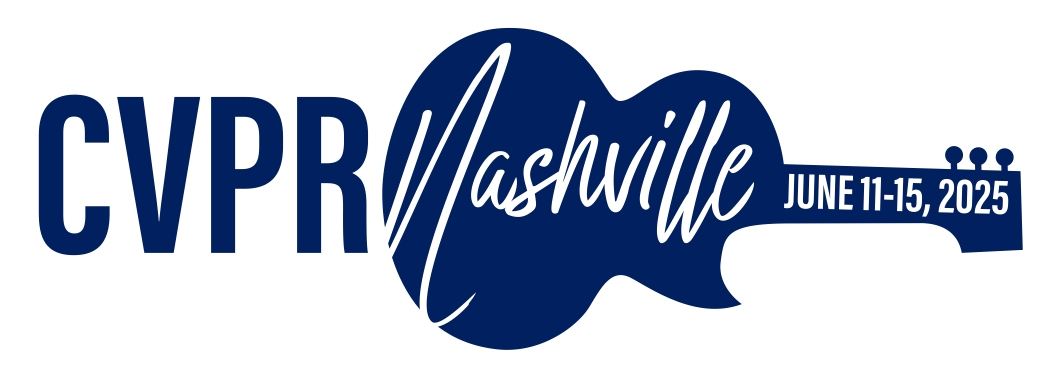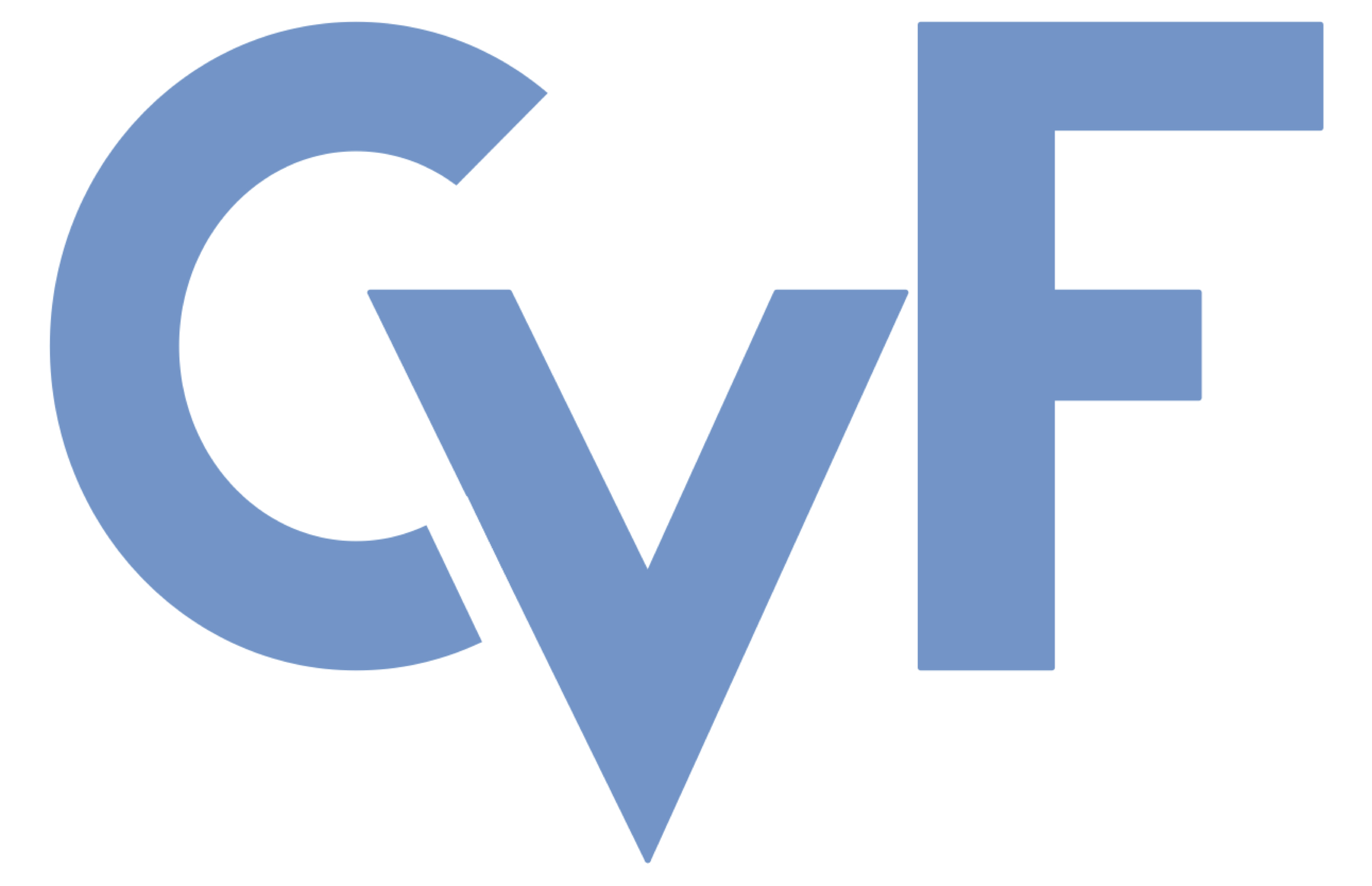-
[pdf]
[bibtex]@InProceedings{Niaraki_2025_CVPR, author = {Niaraki, Amir and Herrera-Gerena, Jansel and Roghair, Jeremy and Jannesari, Ali}, title = {Maximizing aerial detection of organic objects in non-exhaustively searchable survey area}, booktitle = {Proceedings of the IEEE/CVF Conference on Computer Vision and Pattern Recognition (CVPR) Workshops}, month = {June}, year = {2025}, pages = {5491-5499} }
Maximizing aerial detection of organic objects in non-exhaustively searchable survey area
Abstract
Unmanned aerial vehicles are increasingly employed for exploratory missions in outdoor environments. In the majority of these missions, such as anomaly detection in large farms, the distribution of the target objects is unknown. Hence, today's commercial UAVs usually follow a complete coverage flight plan to obtain an orthomosaic of the entire search domain prior to object detection. This work presents a generalizable and device-agnostic path planning framework that provides a 3-dimensional navigation plan based on the pattern of the detected targets and the wind field at the time of flight. The user starts with an aerial or satellite image of the survey area, and the application will provide a path for the drone using the flight-time wind field. The Advantage Actor-Critic method was initially implemented in low-fidelity gym environments to learn from the combination of drone navigation physics and its perception module. A dataset of Near-Infrared (NIR) was created by flying over multiple soccer fields on various days to train the object detector on real-world data. An automated annotation method, Double-clustering, was developed to localize plant anomalies. This preprocessing method enabled training of a retina network, which reduced the inference time of the perception module from an average of 0.656 s to 0.04 s. The developed framework was tested with real-time reading of the wind field, and the number of detected anomalies was compared to the benchmark pathing of the same drone. During a single battery life, the proposed IP4 architecture could detect about three times the number of goal objects compared to the state-of-the-art algorithm in various wind speeds. We demonstrate that, the Integrated Power and perception Path Planning (IP4) can outperform the complete coverage solution even if a prior map is not provided.
Related Material





